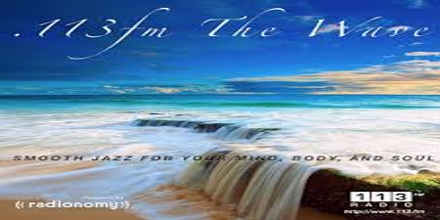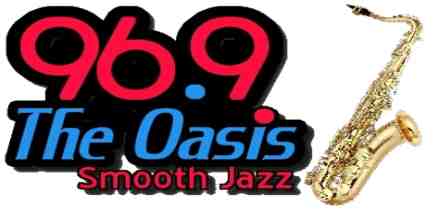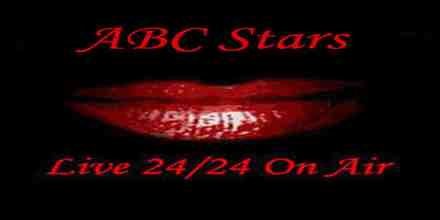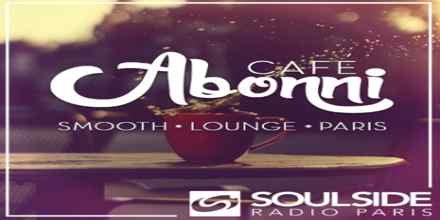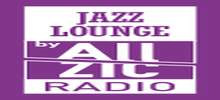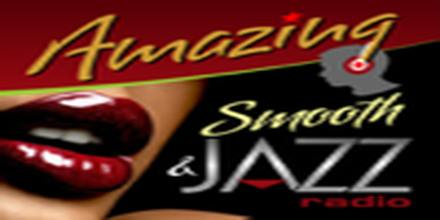Jazz is an American musical art form that originated in African American communities in New Orleans, United States, in the late 19th and early 20th centuries, with its roots tracing back to blues and ragtime. It emerged from a blend of West African cultural traditions and European music elements, creating a unique sound characterized by improvisation, syncopation, and a strong rhythmic foundation. Jazz is often described as America's classical music due to its rich history, complexity, and enduring influence on global music.
The early development of jazz saw the emergence of various styles, with New Orleans jazz being one of the first recognizable forms. This style featured collective improvisation, where musicians played together without a fixed score, allowing for spontaneous creativity. Key instruments in this era included the trumpet, trombone, clarinet, piano, banjo, tuba, and drums. Pioneers like Buddy Bolden and King Oliver laid the groundwork for future jazz legends.
In the 1920s, jazz moved north to cities like Chicago and New York, evolving into styles such as Dixieland and swing. Louis Armstrong, often referred to as the "Father of Jazz," became a seminal figure during this period with his virtuosic trumpet playing and innovative vocal techniques. His Hot Five and Hot Seven recordings showcased the power of individual improvisation within a group setting.
The 1940s saw the birth of bebop, a more complex and harmonically rich style that emphasized fast tempos and intricate melodies. Musicians like Charlie Parker on saxophone and Dizzy Gillespie on trumpet were at the forefront of this movement, pushing the boundaries of jazz with their technical prowess and innovative compositions. Bebop's influence can be heard in subsequent jazz styles and even in rock and roll.
The 1950s and 1960s witnessed the rise of cool jazz and hard bop, which offered contrasting approaches to improvisation and composition. Cool jazz, epitomized by Miles Davis' "Birth of the Cool" album, featured a more relaxed tempo and a focus on melodic invention. Hard bop, on the other hand, blended bebop with elements of blues and gospel, creating a more soulful and energetic sound.
The 1960s also saw the emergence of free jazz, which rejected traditional musical structures in favor of complete improvisation. Musicians like Ornette Coleman and John Coltrane explored new sonic territories, often incorporating dissonance and atonality into their performances. This experimental approach challenged listeners' expectations and expanded the possibilities of jazz.
In the latter half of the 20th century, jazz fusion emerged as a blend of jazz with rock, funk, and electronic music. Miles Davis' "Bitches Brew" album is often cited as a seminal work in this genre, featuring extended improvisations, electric instruments, and a more rhythmic focus. Jazz fusion artists like Weather Report and Return to Forever continued to explore these new sounds, incorporating synthesizers and other electronic elements into their music.
Throughout its history, jazz has been a vehicle for social commentary and cultural expression. Musicians have used the genre to address issues of race, identity, and politics, reflecting the experiences of African Americans and other marginalized communities. Jazz clubs became important gathering places for artists, intellectuals, and activists, fostering a sense of community and resistance.
Today, jazz continues to evolve and inspire new generations of musicians. From traditional styles like Dixieland and swing to contemporary genres like smooth jazz and acid jazz, the music remains vibrant and diverse. Festivals, concerts, and educational programs around the world celebrate jazz's rich heritage and ongoing innovation, ensuring that its legacy endures.
Jazz has also had a profound impact on other musical genres, influencing everything from rock and pop to hip-hop and electronic dance music. Its emphasis on improvisation, individual expression, and collaborative creativity has made it a cornerstone of modern music culture. Whether performed in intimate jazz clubs or large concert halls, jazz continues to captivate audiences with its unique blend of artistry and emotion.
 11k
11k
 5
United States, New York Jazz 128 kbps MP3
5
United States, New York Jazz 128 kbps MP3 7.1k
7.1k
 9
United States, Los Angeles Jazz 128 kbps MP3
9
United States, Los Angeles Jazz 128 kbps MP3 Radyo BozcaadaRadyo Bozcaada
Radyo BozcaadaRadyo Bozcaada 3.2k
Turkey Jazz
3.2k
Turkey Jazz




